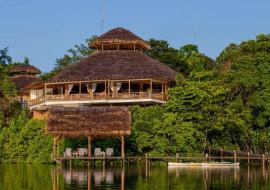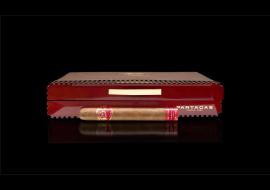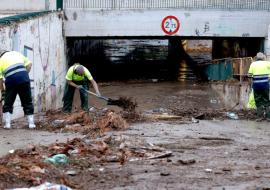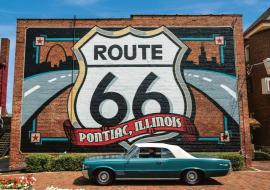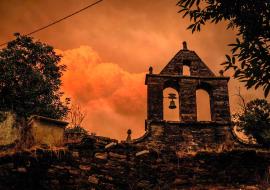Calvin Coolidge: The Only U.S. Sitting President to Visit Cuba before Barack Obama
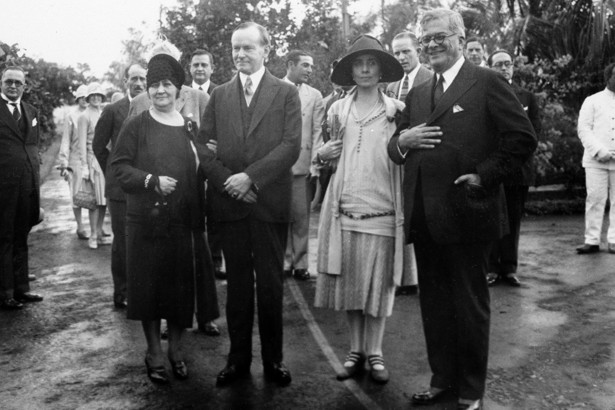
On December 17, 2014, President Obama announced a shift in America’s policy toward Cuba. This decision was the first major change in America’s relationship with Cuba in more than fifty years.
Barack Obama would be the first sitting U.S. president—Jimmy Carter visited in 2011—to visit Cuba since Calvin Coolidge attended the Pan American Conference in Havana in January 1928.
America’s association with the island is long and fraught with controversy. In the late 1890s, American foreign policy was mobilized to pressure Spain into relinquishing its control of Cuba, which eventually led to the Spanish-American War.
That conflict ended with America directly influencing much of the former Spanish Empire, which included nations such as the Philippines. The Platt Amendment, which governed U.S. policy toward Cuba for much of the first half of the 20th century, gave the United States the authority to unilaterally intervene in Cuban domestic affairs.
This policy continued through the years of the Calvin Coolidge administration. The influence of the United States was felt throughout Latin America in the 1920s, with billions of dollars of American investments deeply tying the economies of many South and Central American countries to the United States. America also controlled the Panama Canal, and was deeply involved in shaping internal Cuban affairs.
It was against this backdrop that President Coolidge rode the presidential railcar to Key West where he boarded the battleship USS Texas and set sail for Havana in January 1928. Coolidge undertook this singular visit abroad to assuage the feelings of bitterness that existed between America and the Spanish-speaking nations of the Western Hemisphere.
Coolidge biographer Amity Shlaes paints a vivid portrait of the president’s entry into the Cuban capital, writing that “thousands climbed onto the Morro Castle and the rooftops of buildings, craning their necks to get a glimpse of the battleship USS Texas as it moved into the harbor.” Coolidge remains to this day the only American president to set foot on Cuban soil while in office.
Prohibition was in effect in the U.S. at the time, and reporters accompanying Coolidge wanted to know how the president would respond to an offer of alcohol when he met with Gerardo Machado y Morales, the Cuban leader at the time.
Beverly Smith, a reporter writing in the Saturday Evening Post, recalled in 1958, that a waiter carried “a big tray of delicate, crystal cocktail glasses, each sparkling to the brim with a daiquiri—rum, fresh lime juice and sugar, well shaken.”
As the tray approached from his left, President Coolidge wheeled artfully to the right, seeming to admire a portrait on the wall. The tray came closer. Mr. Coolidge wheeled right another 90 degrees, pointing out to Machado the beauties of the tropical verdure. By the time he completed his 360-degree turn, the incriminating tray had passed safely beyond him. Apparently he had never seen it. His maneuver was a masterpiece of evasive action.
President Coolidge opened the Pan-American Conference with a keynote speech that urged the nations of the Western Hemisphere to embrace peace and value the principles of freedom and democracy. The time had come to “beat our swords into plowshares,” the president said. He also emphasized the equality that existed between the independent republics of the Americas.
Coolidge’s visit paved the way for a policy that opposed direct military intervention in Latin America. It reflected a dawning awareness of the need for change, which would finally come when President Franklin Roosevelt announced a “Good Neighbor Policy” of nonintervention in 1933.
In 1959, a little more than three decades later, Fidel Castro and his rebels overthrew the bloody dictatorship of Fulgencio Batista and took power in Cuba. The U.S. severed diplomatic relations in 1961 and the next five decades were marked by acrimony.
Coolidge still remains the only sitting president to visit the island, but not for too long. Come March 20, Barack Obama would become the second U.S. president ever to visit the island nation while in office, and the first one to do so after the 1959 Revolution.
Bibliography: The Calvin Coolidge Foundation and The Atlantic magazine







